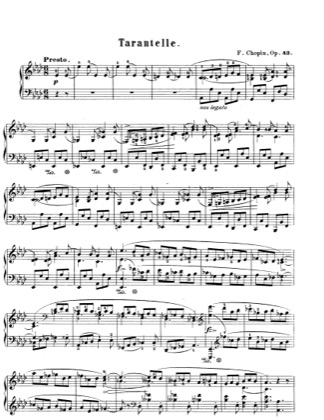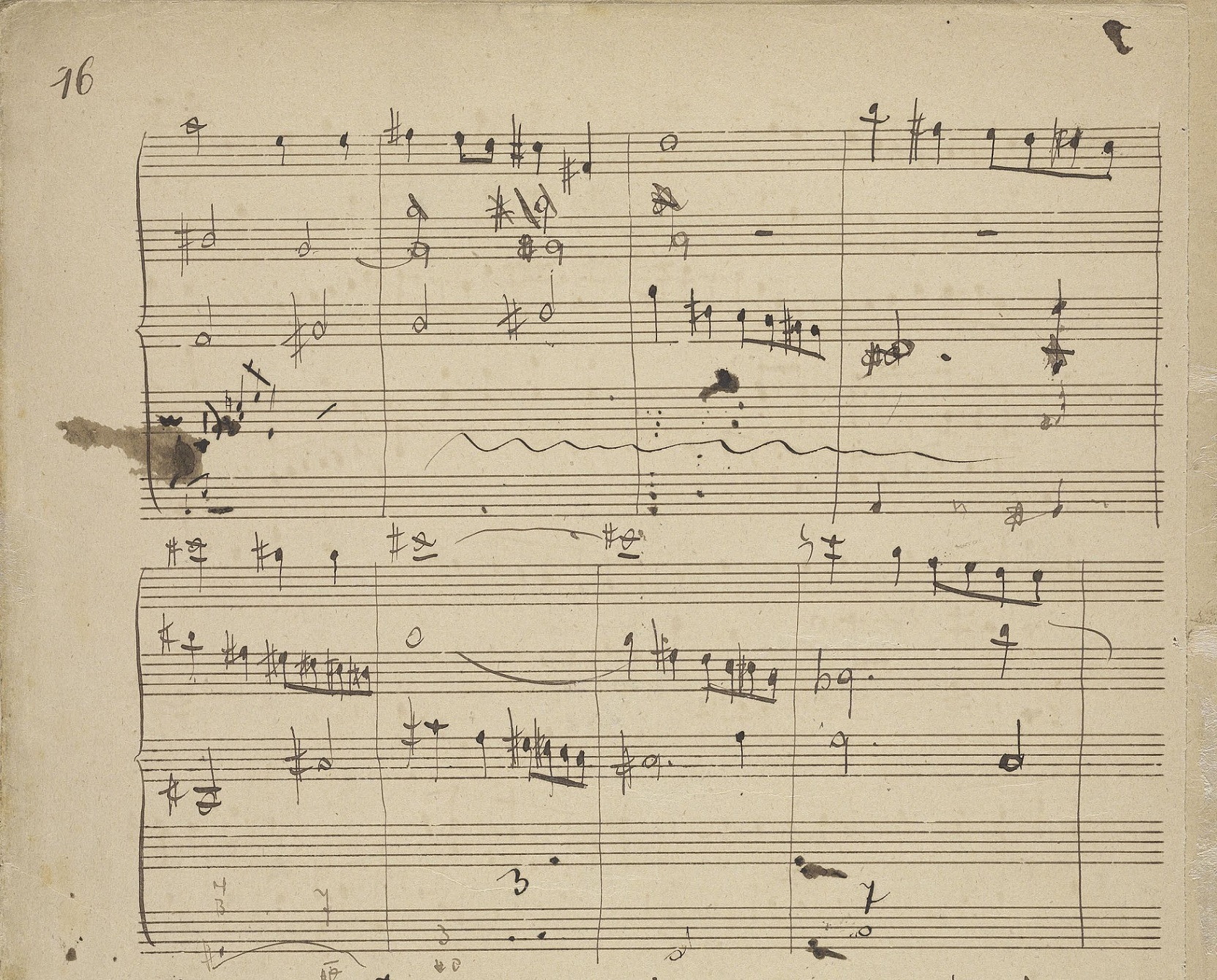

After this moment of expressive meditation, Żeleński resumes the jaunty, effervescent mazur.Ĭontrary to the tendencies for virtuosic display that dominated the post-Chopin period, foremost in the compositions of Władysław Żeleński are those idioms which made Chopin’s miniatures so expressively fascinating and profound, that is, rubato, semplice and melancolico.

An expressive narrative of a personal character comes to the fore, ‘embellished’ solely with subtly introduced secondary voices. Elements of kujawiak and oberek intertwine, and that ‘fusion’ can be heard not only in the characteristic rhythms, but also in the structure of both melody and accompaniment. Contrasting with this extremely energetic music is the middle section, dominated by simplicity, a miniature character and sparing musical means. A short bridge leads to a rhythmic section of a quasi-oberek character and a regular chordal accompaniment. It opens with a joyful, jaunty mazur, the character of which is forged by doublings at a third and an octave, a quasi-polyphonic texture and irregular, perversely placed accents. The second of these miniature pieces is of a completely different character. In the ending, the composer returns to the motifs from the introduction, which gradually fade into nothingness. Even the middle episode, despite the major key and lively character, is cheerful and movingly sentimental.

There is no salon virtuosity or overblown affectiveness in this mazurka. The initially simple narrative – melody with accompaniment – develops into a multi-stranded structure, which enables the composer to forge a climax, albeit one that is sufficiently delicate as to not disturb the intimate mood. The first of the mazurkas, in a minor key, opens with a mysterious, oneiric introduction, which is followed by a lyrical, melancholy kujawiak. They were dedicated to Sophie Menter, a well-known German pianist and pupil of Ferenc Liszt.
#Chopin scherzo 2 op 31 sheet music simplified professional
They represent a synthesis of mature and conscious reception of Chopin’s work and familiarity with authentic traditional music.īoth the mazurkas were written during the ‘Warsaw’ period in Władysław Żeleński’s life and professional career. 31 do not adhere to the fashion for salon virtuosity that was raging at the time, trivialising Chopin’s legacy. At the same time, he was a composer with his own powerful creative voice, resistant to the post-Chopin mania for mazurkas. Władysław Żeleński performed works by the most famous Polish pianist many times he was familiar with Chopin’s output and had a perfect understanding of his music. Songs were for Żeleński what mazurkas were for Fryderyk Chopin – a sort of musical diary. Although the composer was himself an excellent pianist, he turned his attention to chamber music from the outset, and to art song in particular. 31 belong to the relatively small number of compositions for piano by Władysław Żeleński, comprising only a dozen or so items – from miniature pieces to sizeable instrumental works. Although often more subtle, Chopin wrote many compositions that convey a rapturous state of mind evoking both spiritual and secular ecstasy.į. However, he was quoted as believing that his works were best performed by Franz Liszt with his brilliant, dazzling piano technique and verve. Many of his later compositions are inspired by religious themes, but even earlier works such as the ones included in this program represent a great expression of spirituality and vision.Ĭhopin, well known and loved for his dreamy melodies offers the listener a visit into a poetic and dreamlike world. Liszt developed a profound spiritual life alongside his art and eventually received the four minor orders of the Catholic Church. While the common perception is that Franz Liszt boldly represents the former and Chopin the latter, these concepts are broadly exchangeable between the two composers. I am excited to announce my new program, Rapture & Reverie with music by Chopin and Liszt.Įcstasy and passion versus poetic vision and meditation: these are the contrasting musical manifestations of Rapture and Reverie.


 0 kommentar(er)
0 kommentar(er)
